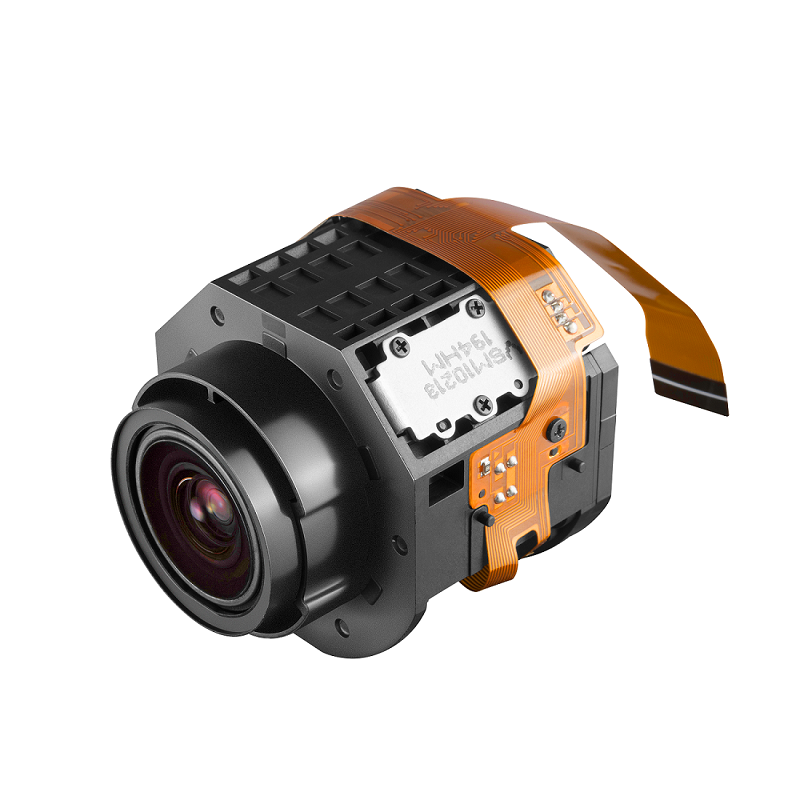Company News
Understanding the Applicability and Effectiveness of Bifocal Resin Lenses

As individuals age, their vision often starts to deteriorate, leading to the need for corrective lens options. Bifocal resin lenses have gained significant popularity among the elderly population due to their ability to address both nearsightedness and farsightedness simultaneously. This comprehensive study aims to explore the applicability and effectiveness of bifocal resin lenses in improving vision outcomes for the elderly.
1. The Advantages of Bifocal Resin Lenses for the Elderly
Bifocal resin lenses offer several advantages that make them particularly suitable for the elderly population. Firstly, they eliminate the need for constantly switching between different pairs of glasses for different tasks. With bifocal lenses, individuals can seamlessly transition from reading a book to looking at distant objects without needing to change their glasses.
Secondly, bifocal resin lenses provide a more natural vision experience than traditional bifocals, which have a visible line dividing the two lens prescriptions. The seamless transition between near and far vision offered by bifocal resin lenses enhances overall visual comfort and reduces eye strain, especially for individuals with age-related eye conditions.
Furthermore, bifocal resin lenses are typically lightweight and comfortable to wear, making them an ideal option for the elderly who may have concerns about the weight and bulkiness of traditional eyewear.
2. The Impact of Bifocal Resin Lenses on Quality of Life
The use of bifocal resin lenses has a significant impact on the overall quality of life of the elderly population. By improving their vision, these lenses allow older adults to maintain independence and engage in daily activities without restrictions. Whether it's reading a newspaper, watching television, or participating in hobbies, bifocal resin lenses enable the elderly to enjoy life to the fullest.
Moreover, studies have shown that the use of bifocal resin lenses can reduce the risk of falls and accidents in the elderly. Improved vision clarity and depth perception provided by these lenses contribute to better spatial awareness, ultimately improving balance and stability in the aging population.
3. Applicability and Effectiveness in Various Eye Conditions
Bifocal resin lenses are not limited to resolving presbyopia; they also benefit individuals with other common age-related eye conditions. People with cataracts, astigmatism, and glaucoma can experience improved vision with the use of bifocal resin lenses tailored to their specific needs.
Cataract patients, for example, often face difficulty focusing on both near and distant objects. By addressing this issue with bifocal lenses, individuals can delay the need for cataract surgery and maintain functional vision for a longer period.
Similarly, elderly individuals with astigmatism and glaucoma can find relief by incorporating bifocal resin lenses into their treatment plans. These lenses offer a practical and convenient method for managing multiple vision impairments simultaneously.
Conclusion
Based on the comprehensive exploration of bifocal resin lenses in the elderly population, it is evident that these lenses are highly applicable and effective in addressing various vision impairments. With their advantages in comfort, convenience, and overall quality of life improvements, bifocal resin lenses have become an essential tool in managing age-related visual decline. The use of these lenses allows the elderly population to maintain independence, engage in daily activities, and enjoy an improved overall quality of life.
 English
English  German
German Japanese
Japanese Korean
Korean Vietnamese
Vietnamese French
French Spanish
Spanish भारत
भारत



